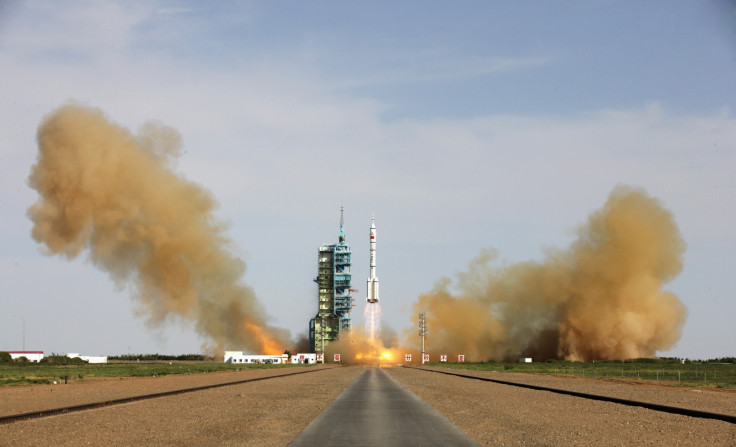China ready to launch latest manned space mission Shenzhou-11
Mission will bring China closer to establishing a permanent orbital outpost.

A new two-man space mission will take off from the Gobi Desert, launching the next phase in China's plans to set up a permanently manned space station by 2022.
Taikonauts Jing Haipeng and Chen Dong are set to be lifted into orbit aboard the Shenzhou 11, propelled by a Long March-2F carrier rocket on Monday (17 October).
They will then dock with the new Tiangong 2 space laboratory, where they will spend the next month orbiting Earth.
The space laboratory, launched on 15 September, is a testbed for technologies that will be used in the bid to create a permanent outpost.
Tiangong-2, whose name means Heavenly Palace, is just 10.4m (34ft) long, with a maximum diameter of 4.2m.
If all goes to plan Jing and Chen's mission will double the record for the amount of time spent in space by Chinese taikonauts.
Jing, a 50-year-old astronaut who has already been to space twice, will command the mission.
"This mission is characterised by its longer duration and more tests," Chen, the junior astronaut on the mission, told Deutsche Welle.
"We will focus on improving our ability to handle emergencies in orbit, medical first aid, mutual rescue capabilities and space experiments."
Shenzhou-11, whose name translates as Divine Vessel, will also carry three experiments designed by Hong Kong middle school students and selected in a science competition, including one that will take silk worms into space.
The Shenzhou-11 mission will be followed in April by the unmanned Tianzhou-1 cargo vessel, which will test refuelling systems at the Tiangong-2. These systems are considered crucial for sustaining future space stations over the long term.
President Xi Jinping has called for China to establish itself as a space power, and it has tested anti-satellite missiles, in addition to its civilian aims.
The Chinese space station project, which is predicted to be completed in 2022, is projected to include three modules, two 30m solar panel 'wings', two robotic arms and a Hubble-class telescope.
© Copyright IBTimes 2025. All rights reserved.





















